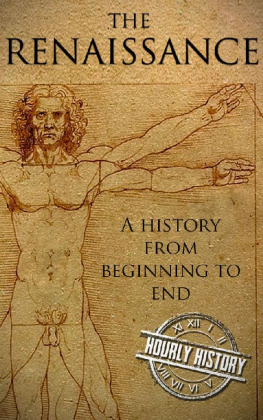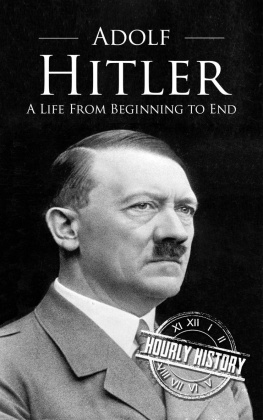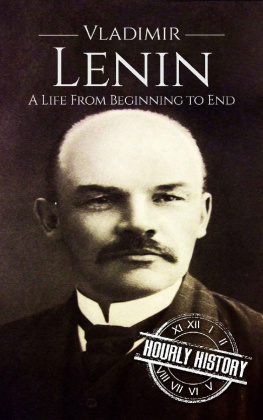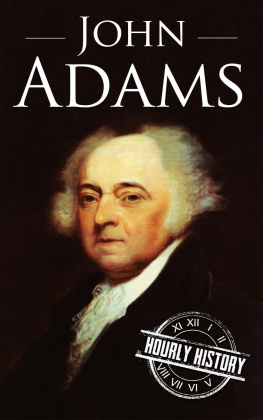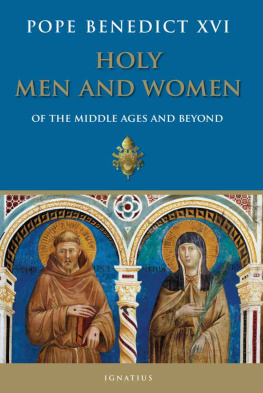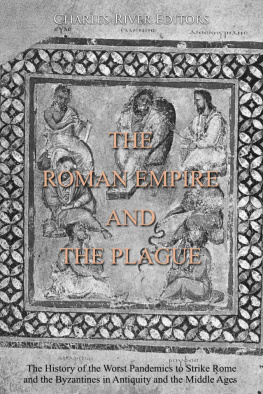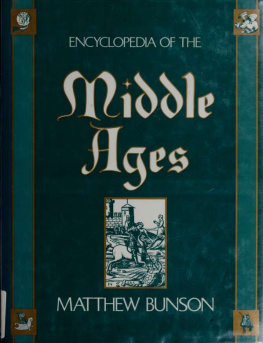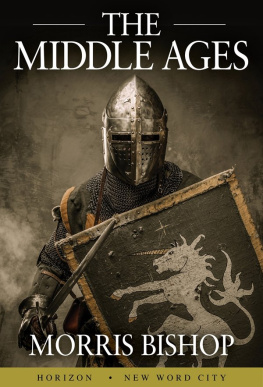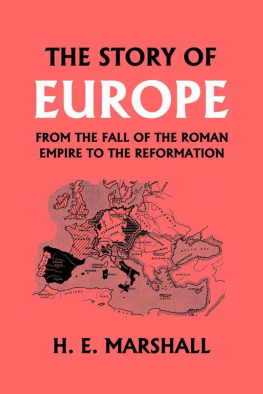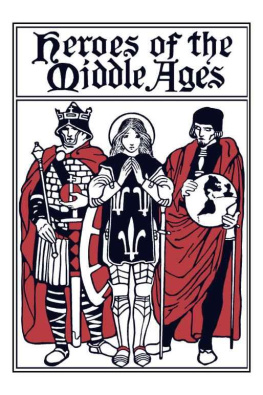Hourly History - The Renaissance: A History From Beginning to End
Here you can read online Hourly History - The Renaissance: A History From Beginning to End full text of the book (entire story) in english for free. Download pdf and epub, get meaning, cover and reviews about this ebook. year: 2016, publisher: Hourly History, genre: Detective and thriller. Description of the work, (preface) as well as reviews are available. Best literature library LitArk.com created for fans of good reading and offers a wide selection of genres:
Romance novel
Science fiction
Adventure
Detective
Science
History
Home and family
Prose
Art
Politics
Computer
Non-fiction
Religion
Business
Children
Humor
Choose a favorite category and find really read worthwhile books. Enjoy immersion in the world of imagination, feel the emotions of the characters or learn something new for yourself, make an fascinating discovery.
- Book:The Renaissance: A History From Beginning to End
- Author:
- Publisher:Hourly History
- Genre:
- Year:2016
- Rating:4 / 5
- Favourites:Add to favourites
- Your mark:
The Renaissance: A History From Beginning to End: summary, description and annotation
We offer to read an annotation, description, summary or preface (depends on what the author of the book "The Renaissance: A History From Beginning to End" wrote himself). If you haven't found the necessary information about the book — write in the comments, we will try to find it.
During the Middle Ages, the nations of Europe forged new identities that moved them away from the lost glory of the Roman Empire into their own ethnicity. The experience of maturation was often clumsy and out of step, an evolutionary process that saw the nations developing at their own pace as they struggled to replace the protection of Rome with their own home-grown strength. What the nations, once they were ready to be described in that manner, did have was the Roman Catholic Church, which defined itself as the spiritual protector of Christian believers. But the dutiful Christians of the Middle Ages who sought orthodoxy and for the most part obeyed the papal rules underwent a change when the Middle Ages ended. The Renaissance, or rebirth, was a period of time when Europeans began to question what they had been told was sacrosanct. Through art, inventions, science, literature, and theology, the separate nations of the European continent sought answers that the Roman Catholic Church was unwilling, or perhaps unable, to offer.
Inside you will read about...
- The Rebirth of Europe
- The Italian Renaissance
- The French Renaissance
- The Spanish Renaissance
- The German Renaissance
- The Low Countries Renaissance
- The English Renaissance
- Here Be Dragons: Exploring the Unknown
The Church that had become a powerful political entity was viewed with distrust and skepticism by many Christians; the spread of learning that accompanied the invention of Gutenbergs printing press meant that bold new ideas were traveling across the boundaries of Europe faster than the Church could silence them. Lascivious, power-brokering popes could not bring a halt to the challenges they encountered when a German priest rebelled against corrupt practices that masqueraded as ecclesiastical authority. As the walls came tumbling down, humanism burst forth, inspiring the art of Michelangelo, the science of Vesalius, the literature of Shakespeare and Cervantes. But with the loss of religious uniformity came terrible conflicts: France suffered the St. Bartholomews Day Massacre; Spain welcomed the Inquisition to purge heresy; the Low Countries were split between Catholic and Protestant. The Renaissance was a triumph of the human spirit and a confirmation of human ability, even as it affirmed the willingness of men and women to die for the right to think freely.
Hourly History: author's other books
Who wrote The Renaissance: A History From Beginning to End? Find out the surname, the name of the author of the book and a list of all author's works by series.

